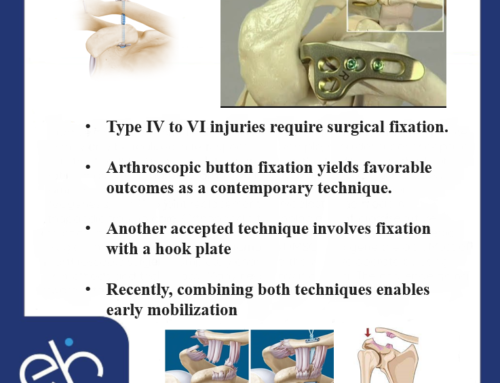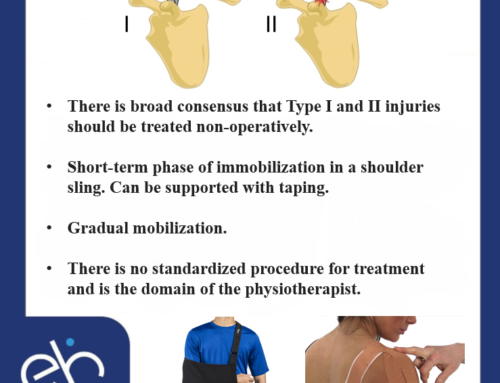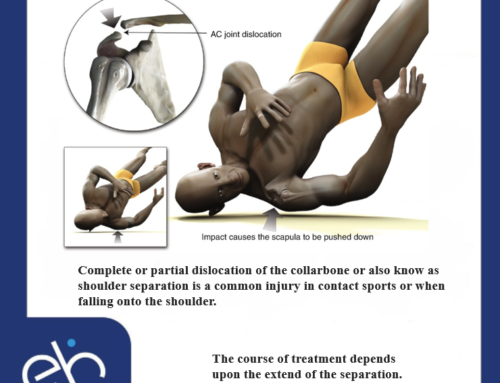In this month’s edition of Arthroscopy Alberto Grassi and his co-authors have shown that there is a significant relationship between patients who had a failed reconstruction of the anterior cruciate ligament and the posterior slope of the tibia. In fact, the most accurate predictor of failure was a slope of more than 7.4 degrees.
This is quite interesting. Earlier, we have shown that there is a correlation between posterior tibial slope and anterior cruciate ligament injuries (Hohmann, Bryant, Reaburn, Tetsworth. Is there a correlation between posterior tibial slope and non-contact anterior cruciate ligament injuries? KSSTA 2011, Suppl 1: S109-114) and our ‘critical slope angle’ was 6.7 degrees. It seems that there is a pattern and now we have to research whether it would be appropriate to reduce the tibial slope when performing an anterior cruciate ligament (ACL) reconstruction.
This is quite interesting. Earlier, we have shown that there is a correlation between posterior tibial slope and anterior cruciate ligament injuries (Hohmann, Bryant, Reaburn, Tetsworth. Is there a correlation between posterior tibial slope and non-contact anterior cruciate ligament injuries? KSSTA 2011, Suppl 1: S109-114) and our ‘critical slope angle’ was 6.7 degrees. It seems that there is a pattern and now we have to research whether it would be appropriate to reduce the tibial slope when performing an anterior cruciate ligament (ACL) reconstruction.
Certainly reducing the slope will result in lower forces on the ACL which may be one of the reasons for these findings. During the recent ICJR ME conference in April 2019 these results were presented. But, these findings are not new and we have published these facts in 2007 already.




